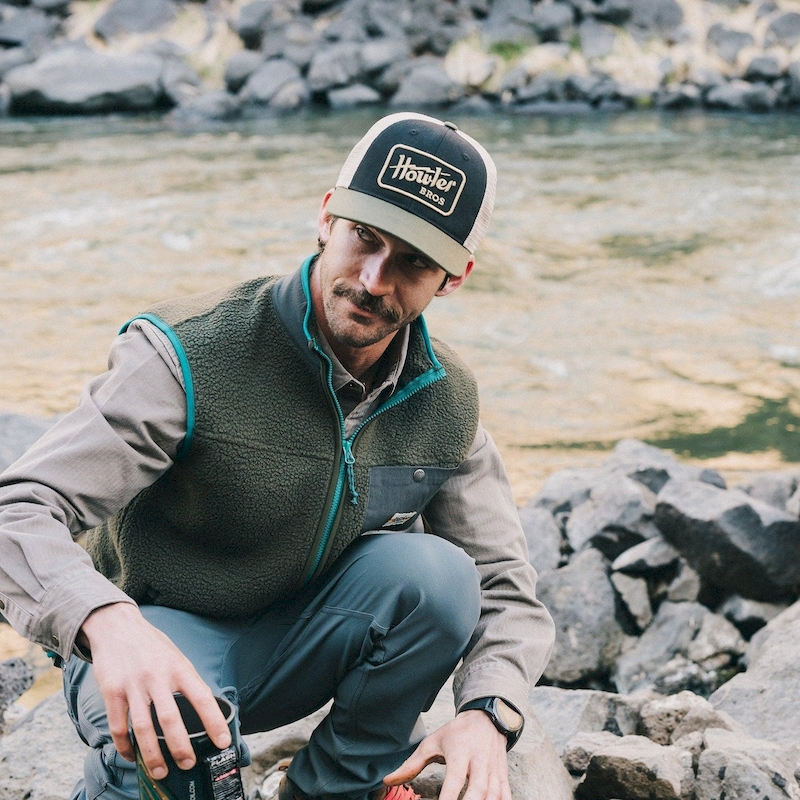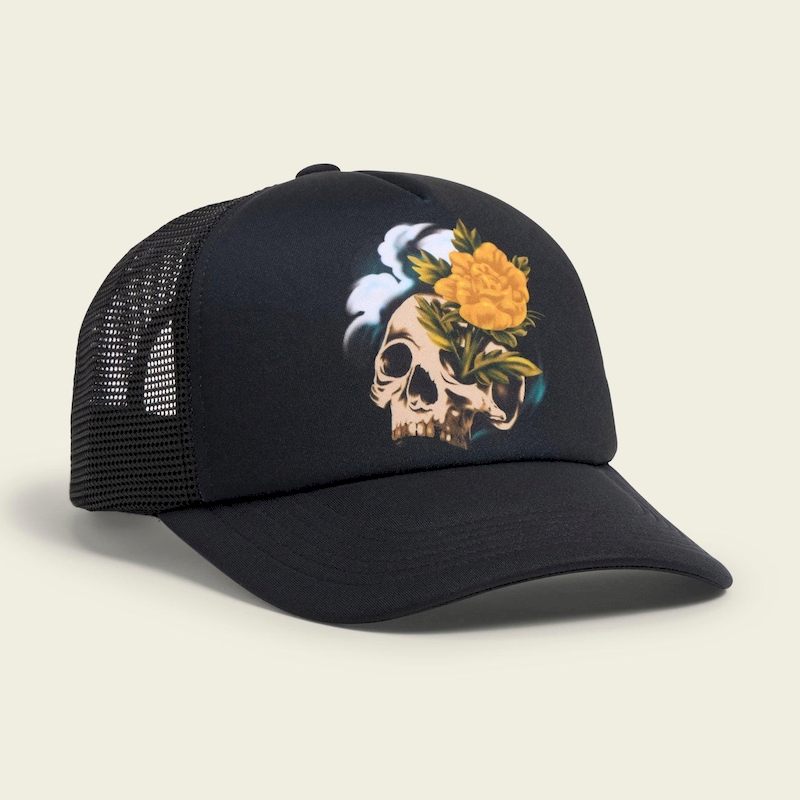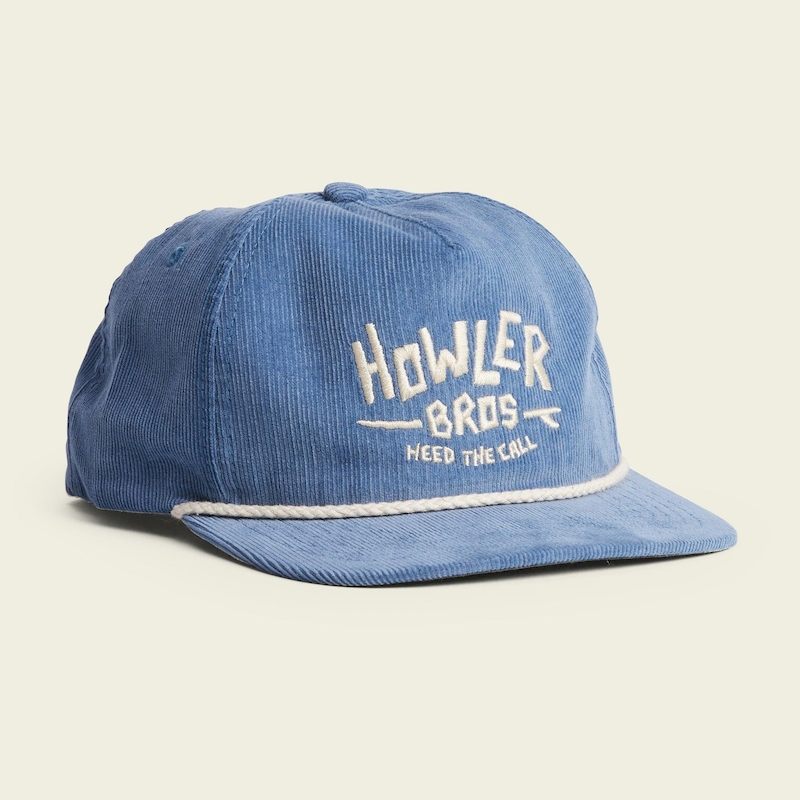Hats have a long-standing history as both functional and fashionable accessories. They grace the heads of people across cultures and generations, providing protection from the elements, indicating social status, or simply serving as a stylish statement. When discussing hats, many enthusiasts casually mention various components, but what is the top of a hat called? This seemingly straightforward question unveils a fascinating world of hat anatomy and terminology. By understanding the terminology related to hats, you can enrich your appreciation for this versatile accessory. Not only does it assist you in discussions about hat styles, but it also enhances your ability to shop for hats and talk with fellow hat enthusiasts.
In this comprehensive guide, we will explore the various parts of a hat, with a special emphasis on the crown, which is the term used for the top of a hat. Furthermore, we will delve into different styles, materials, care tips, and historical insights that have shaped modern hat design.

Exploring Hat Anatomy: A Breakdown of Components
Before diving into what is the top of a hat called, let’s look at the anatomy of hats themselves. Every hat consists of several fundamental components, and each serves a specific purpose. Understanding these parts will enhance your overall appreciation for hats.
The Crown
The crown is the top part of a hat, and it’s the first thing most people think of when considering hat anatomy. This component can vary considerably in shape and style, contributing to the overall appearance of the hat. The design of the crown denotes different genres of hats, leading to a variety of crown types, including:
- Round Crown: Typically featured in fedoras and panama hats, a round crown is curved and usually sits comfortably on the head. The rounded shape offers a classic look.
- Teardrop Crown: Found in trilby and pinstripe hats, the teardrop shape provides a sophisticated appearance that many people find appealing.
- Flat Crown: A flat crown is often seen in cowboy hats, giving these hats their distinctive look. This style can greatly enhance the hat’s boldness.
The Brim
Next to the crown, the brim is perhaps the second most recognized feature of a hat. This part extends outward from the crown, providing shade and protection from the sun. The width of the brim varies widely depending on the style and can influence the overall aesthetic of the hat.
- Wide Brim: Often seen in sun hats and wide-brimmed fedoras, these brims offer maximum sun protection while looking stylish. They provide a more dramatic effect, which many individuals appreciate.
- Narrow Brim: Common in caps and smaller hats, narrow brims provide a more fitted look. They typically contribute to a casual vibe.
The Band
The band is a decorative element that wraps around the base of the crown. This component adds flair and style to a hat, often varying from simple ribbons to intricate braiding or leather bands, which can enhance the visual appeal of the hat.
The Lining
The lining is found inside the hat and can significantly improve comfort. It creates a layer between the crown and your head, ensuring that your skin does not come into direct contact with the seams or materials of the hat. This added comfort is essential for long wear.
The Sweatband
This band lines the interior of the hat, usually located just above the brim. It consists of absorbent materials that trap sweat and moisture, providing extra comfort for the wearer. A well-constructed sweatband is crucial for maintaining the longevity of the hat, as it absorbs perspiration.
The Ventilation Holes
Many hats, especially those intended for warmer weather, feature ventilation holes, typically located near the crown’s base. These holes allow for airflow, helping to keep the wearer cool and comfortable. They can take various forms, including metal eyelets or simply perforated sections in the material.
The Different Styles of Hats and Their Crowns
Understanding what is the top of a hat called, as well as the various styles it features, enables you to appreciate the craftsmanship involved in hat-making. Let’s examine some popular hat styles, focusing specifically on their unique crown types and attributes.

Fedora
Fedoras feature a teardrop crown that is typically of medium height, making it one of the most recognizable hat styles. These hats often have a medium-width brim that can be snapped down in the front or left flat around the circumference. With their versatility, fedoras can transition gracefully from casual to formal settings.
Panama Hat
The panama hat is characterized by a high, rounded crown and a wide brim. Originally made in Ecuador, this hat is designed for sun protection and comfort. The breathable straw material promotes airflow, making it an ideal choice in warm climates.
Cowboy Hat
Cowboy hats boast a tall, flat crown and often feature a wide brim. This iconic Western hat provides protection against the elements while embodying a rugged, adventurous spirit. The high crown allows for various decorative braids or embellishments, adding personalization.
Baseball Cap
A staple in casual wear, the baseball cap generally features a curved front brim and an adjustable strap at the back. The crown usually accommodates a snug fit around the head, making it an ideal choice for various activities or just lounging on a sunny day.
Beanie
Beanies are typically close-fitting hats with no brim and often feature a soft knitted fabric. The top of a beanie may be buttoned, rolled, or left loose, providing a snug fit for warm or cold weather. These caps are both casual and comfortable, making them great for everyday wear.
The Significance of Hat Materials
The materials used in hat construction influence appearance, texture, durability, and comfort. Different hats rely on unique fabrics to achieve specific looks and functionalities. Grasping the outcomes of these materials can further enhance your appreciation for hats.
Wool Felt
Wool felt hats, including fedoras and cowboy hats, provide durability and warmth. These hats can be shaped into a variety of crown styles and often boast greater weather resistance than straw alternatives, thus prolonging their lifespan.
Cotton
Cotton hats, including baseball caps, are breathable and comfortable but may lack the structural integrity offered by felt or straw. They are easy to clean and maintain, making them suitable for everyday wear.
Leather
Leather hats provide an element of ruggedness and authenticity. Heavy and durable, leather is popular in fashion hats, like western styles. However, leather requires special care to ensure it remains supple and does not crack or fade over time.
Synthetics
Advancements in technology have introduced synthetic fabrics into the hat industry. Polyester, for example, is lightweight, durable, and often treated to repel water, making it an excellent choice for outdoor activities.
Caring for Your Hats
Proper hat care will prolong their lifespan and keep them looking sharp. Here are some maintenance tips focused on hat anatomy, including the crown:
Cleaning
The cleaning methods for hats vary by material, but generally, you can use the following methods:
- Straw Hats: Regularly dust off with a soft brush and lightly wipe with a damp cloth to remove grime.
- Wool Felt Hats: Brush with a soft bristle brush following the nap of the material. If necessary, spot clean using a sweat-resistant cleaner.
- Cotton Hats: Wash gently in cold water and air dry. Many cotton caps are machine washable, but always refer to care labels for specific cleaning instructions.
- Leather Hats: Use a damp cloth to wipe away surface dirt. You may need a leather cleaner or conditioning product for deeper cleaning.
Storing
Proper storage is essential to maintaining your hats’ shapes and materials.
- Use a Hatbox: For high-quality hats, invest in a hat box to protect them from dust and sunlight.
- Avoid Crushing: Never stack hats on top of each other, as this can distort their shapes.
- Keep in a Cool, Dry Place: Avoid areas with high humidity or extreme temperatures. This helps prevent damage, especially in leather or straw hats.
Protecting from Damage
Avoid exposing your hats to extreme weather conditions. Heavy rain can ruin straw hats, while intense sun can fade colors and dry out materials. Invest in a water-repellent spray suitable for wool and cotton styles to offer added protection.
Regular Inspection
Periodically check your hats for any signs of wear, particularly around the crown and brim. Repair small issues early, such as loose stitching, to prolong the life of the hat.
The Cultural and Historical Significance of Hats
Hats are not merely clothing accessories; they also carry cultural, social, and historical significance. Many hats symbolize particular identities or societal norms.
Cultural Representations
A hat can represent an entire culture or tradition. For example, a sombrero is a traditional Mexican hat that provides shade in sunny climates. In contrast, a Scottish tam o’shanter indicates Scottish heritage, showcasing local culture.
Social Status Symbols
Throughout history, certain hats have indicated social status. In the 18th-century French court, extravagant wigs adorned with elaborate hats signified nobility. Similarly, the top hat served as an indicator of upper-class society in Victorian England.
Fashion Statements
Hats have frequently evolved as fashion statements, often signifying style trends or celebrity influence. From the iconic styles of the 1920s flapper period to modern creations from renowned fashion designers, hats can make bold fashion statements and set trends worldwide.

Conclusion
Understanding what is the top of a hat called enriches our appreciation for this age-old accessory. With a history steeped in culture and a diversity of styles, hats serve multiple functions and have evolved significantly over time. The crown and its accompanying features not only enhance the visual appeal of the hat but also its functionality.
Through proper care, you can ensure your hats remain in excellent condition, ready to be worn for any occasion. From practical sun protection to fashion statements, hats are versatile and enduring pieces of clothing that enhance personal expression.
As you explore the wide world of headwear, remember that knowledge of each element—from crown to brim—enriches your experience. The next time you wear your favorite hat, you will appreciate its structure and meaning on a deeper level, understanding both its craftsmanship and the style it represents.

